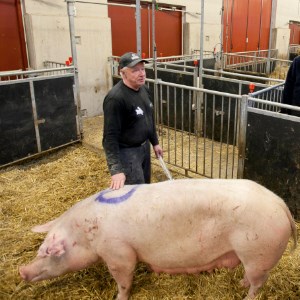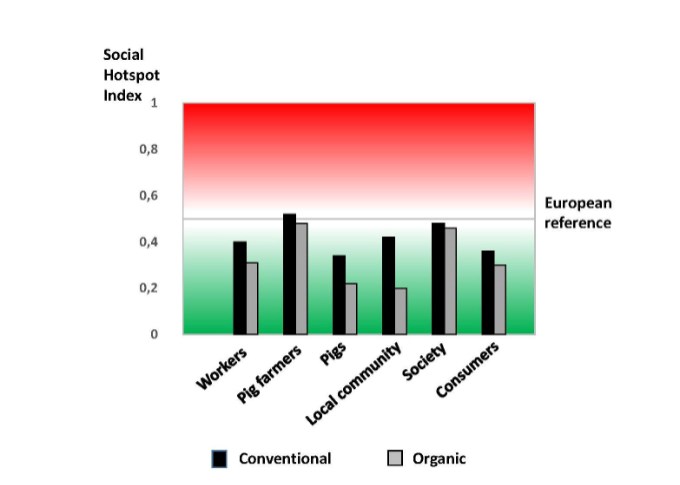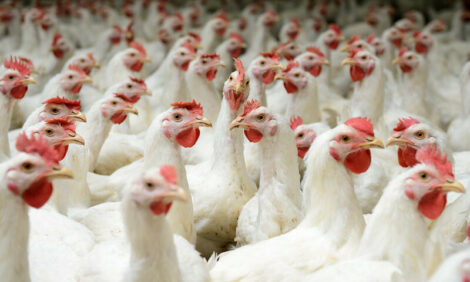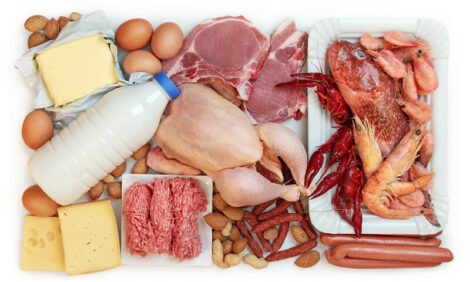



Social sustainability of Swedish pork is better than EU average, but not for pig farmers
A social assessment of pork production shows pigs in Sweden are better off than pigs in average EU production
From a social perspective, the largest concerns for Swedish pork production are related to pig farmers and society. This is the conclusion of a study conducted by researchers at the Swedish University of Agricultural Sciences (SLU), who investigated social sustainability of Swedish pork production with a life cycle assessment.
Pork production has many stakeholders, such as pig farmers, workers, local community, consumers, society at large and the pigs themselves. We investigated how these stakeholders were affected by pork production and studied social conditions in conventional and organic pork production systems. We compared the production of Swedish pork, from the cultivation of soybeans to the consumer’s plate, with average European social conditions.
Social aspects related to Swedish pork
Based on a literature review and a workshop with experts, we identified many issues related to pork production. We could not find data for all issues discussed at the workshop, but in total 93 indicators were included in the assessment. We classified the issues based on who was affected and got a list of six stakeholders: pig farmers, workers, local community, consumers, society and pigs.
We constructed a Social Hotspot Index (SHI) describing the social risk on a scale between 0 and 1. A value of 0.5 represents conditions similar to European average social conditions. Below 0.5 means better social conditions and above 0.5 means worse.
Social sustainability for conventional and organic production
We saw that pig farmers and society were close to the European reference, indicating that for pig farmers and society there was no difference between Swedish pork production and average social conditions in Europe. For the other stakeholders, the Swedish pork production seems to be better, from a social point of view.
In this assessment, the pigs had the lowest Social Hotspot Index; showing that animal welfare is a strength of Swedish pork production. Our findings cast a critical eye on social issues affecting pig farmers, such as low income and musculoskeletal disorders. Society is also affected, for example by low contribution to employment and food security and low commitment to animal genetic diversity. The difference in Social Hotspot Index between conventional and organic pork production for the local community is related to use of pesticides in feed production, access to farm stores and ability to see pigs on pasture.
Social, economic and environmental sustainability
There are many expectations on pork production; animal welfare should be high and the production should be economically viable and environmentally friendly and at the same time good for humans’ well-being. In the next step, we will combine a social life cycle assessment (LCA) with an environmental LCA.


